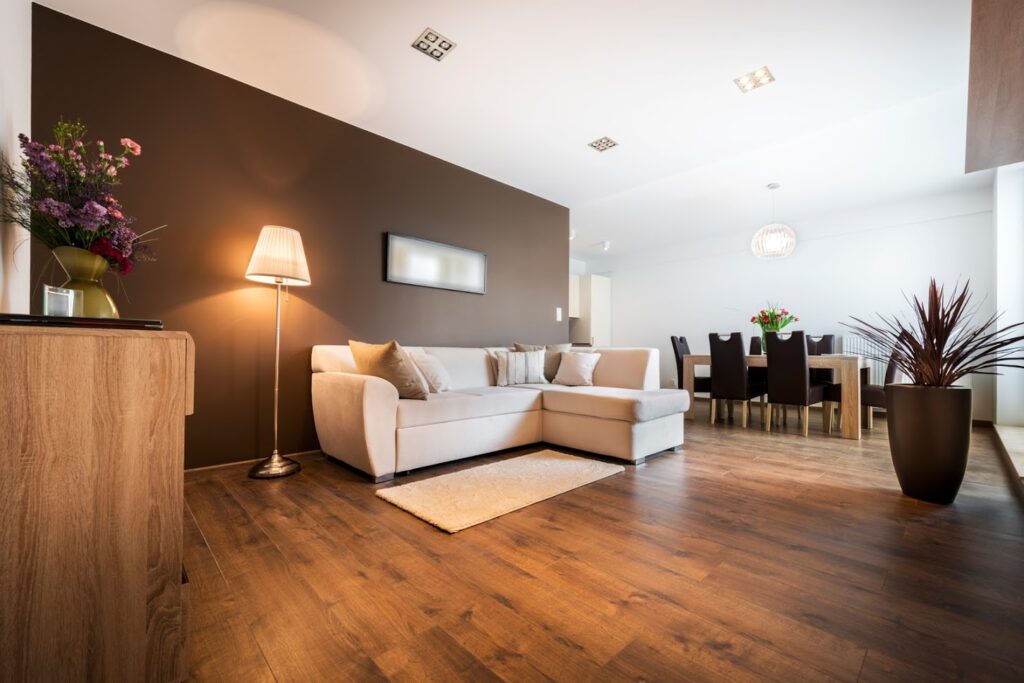
4 Mistakes to Avoid When Creating an Accent Wall
Accent walls have been a mainstay in interior design for a number of years. A properly executed accent wall allows you to introduce more color and vibrancy into your home without overpowering your living space.
Although you will only paint one wall in a vibrant hue when creating an accent wall, you must ensure that you select your color and location carefully to avoid common Pittsburgh accent wall mistakes.
Many homeowners make mistakes when creating an accent wall. These mistakes can either minimize the impact an accent wall will have on your décor or create a chaotic vibe within your living space.
Avoid making these four mistakes when creating an accent wall in your home.
1. Don’t Select a Short Wall
An accent wall often serves as the backdrop for furniture pieces that you want to highlight in a room. Accent walls can also contribute to the illusion of space, helping a small room feel much larger.
When you select a short wall to serve as your accent wall, you compromise the benefits an accent wall can offer. A short wall won’t have the surface area needed to anchor the room. Short walls can also be too small to fully showcase the furniture items you value in your space.
Choose the tallest wall in a space to serve as an accent wall if you want to create a cohesive and polished aesthetic.
2. Don’t Select the Wrong Color
The color that you choose for your accent wall will have a direct effect on the impact the accent wall has in your home.
Interior designers often utilize the 60-30-10 rule when incorporating color into a room. 60% of a room should be the main color in the space. 30% of the space should have a secondary color. The final 10% is for an accent color.
Accent colors are common in throw pillows, decorative accessories, or pieces of art. Painting your accent wall to match your room’s accent color can tie together your design and make your living space feel more cohesive.
3. Don’t Leave Lighting Out of the Equation
Lighting and paint color have a very close relationship in interior design. When you select a color for an accent wall, factor in the light sources that are in the room.
A paint color can take on a different hue when exposed to artificial or natural light. Natural light can cause dark colors to appear brighter. Artificial light can cast a slight hue onto a painted accent wall, changing the appearance of the paint color.
Always evaluate potential colors for your accent wall inside the space where the wall will be. This approach lets you see how the colors look when paired with the lighting in the room.
You can easily select an accent wall color that will provide the right look for your room when you take the time to factor in how lighting will affect the appearance of the paint color after application.
4. Don’t Be Afraid of Patterns
Paint is a versatile medium that can create a wide range of patterns. Experienced painters can use interior paint to create stripes, geometric patterns, and other designs on the walls of a home.
Don’t be afraid to opt for a pattern when creating an accent wall in your home. A bold pattern can create a significant amount of contrast within the space.
Be sure that you consider all of the existing patterns in the room when creating a patterned accent wall so that you don’t create a wall that will clash with your décor.
Contact Fagan Painting LLC for help creating a successful accent wall in your home and to avoid common Pittsburgh accent wall mistakes.
